Binance Coin (BNB): The Native Token of the World's Largest Exchange
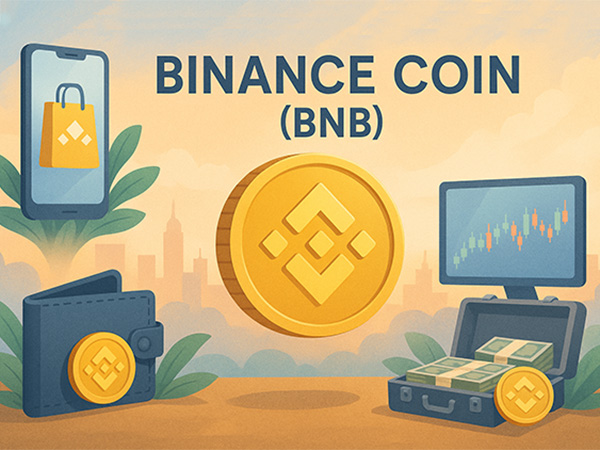
BNB was born from Binance, the world's largest cryptocurrency exchange. Initially, it was a platform token to offset transaction fees (its starting price was only $0.1, and it offered a single function: a discount of up to 25% on trading fees for holders). However, with the launch of Binance Smart Chain (BSC), BNB has evolved into the "super fuel" that supports a complete blockchain ecosystem, forming a three-dimensional system where the technical layer, application layer, and economic layer are interwoven.
Technical Layer: Efficient Financial Infrastructure
As the core driver of the BNB Chain's dual-chain architecture (a governance beacon chain + smart contract chain), BNB processes 17.6 million transactions per day, with a cost of $0.01 per transaction and a settlement speed compressed to 150 milliseconds. This level of efficiency outperforms traditional financial networks. The 2025 Maxwell upgrade will introduce the Rust development environment, paving the way for high-frequency financial scenarios.
Application Layer: Ecosystem Penetration and Closed Loop
BNB’s utility is expanding exponentially:
-
Basic Scenarios: Offers continuous transaction fee discounts and access to Launchpad for new token subscriptions.
-
On-chain Expansion: Pay for gas fees on BNB Chain, participate in DeFi protocols like PancakeSwap, and engage in liquidity mining.
-
Real-World Bridge: From payments for merchants in El Salvador to trading US stocks (including Tesla, Apple, etc.) via xStocks, BNB is penetrating the real-world economy.
Economic Layer: Deflationary Scarcity Engine
BNB employs a quarterly burn mechanism to permanently reduce its supply:
-
Total Burned: 62.7 million BNB (31.35% of the initial total supply).
-
Circulating Supply: Reduced to 139 million, making BNB the only token in the top 10 by market cap with a clear deflationary model.
-
The scarcity logic positions BNB to mirror digital gold, supporting its long-term value storage.
Beginner’s Tip:
Think of BNB as the "Swiss army knife of the crypto world"—it serves as a trading tool, an infrastructure token, and a proof of participation in the ecosystem.
Three Key Drivers Behind BNB's Price Surge
In July 2025, BNB broke through its historical high of $861, showing a 56% increase in value (source: CoinStats). The surge is driven by three main factors:
-
Institutional Accumulation
US-listed companies like Windtree and Nano Labs have begun a BNB reserve strategy, accumulating over 128,000 BNB (worth $108 million), with a target of $1 billion. The first compliant BNB fund in the U.S., raising $500 million, will launch at the end of July, providing a channel for traditional capital to invest. -
RWA (Real World Asset) Bridge Breakthrough
Binance Chain has become the core hub for traditional asset tokenization. The RWA platform, xStocks, now supports over 60 tokenized U.S. stocks (including Tesla, Apple, etc.), which can be traded 24/7. Stablecoin issuer Circle has also announced plans to issue interest-bearing USDC on BSC. -
Technological Upgrades Enhancing Utility
The 2025 Maxwell upgrade will increase the block gas limit by 10 times, reduce transaction confirmation time to 150 milliseconds, and introduce Rust development. This upgrade enables BNB Chain to handle high-frequency financial applications, offering Web2-like experiences for payments, settlements, and more.
BNB Investment Outlook: $1,000 Milestone and Risk Balancing
-
Short-Term Target: Analysts predict that BNB will target $1,000 by early 2026. The technical outlook shows strong support at $800, and the RSI (59.42) is not yet in the overbought zone. After breaking the $860 mark, the upward channel is open.
-
Long-Term Potential: Kraken predicts a target price of $1,050 by 2026, while Cointelegraph sees it soaring to $3,900, contingent on large-scale capital inflows.
-
Risk Warning:
-
Regulatory Uncertainty: The European EIOPA requires crypto insurance companies to hold 100% capital reserves for BNB-like assets.
-
Market Volatility: BNB’s volatility (56%) is about 3.4 times that of gold, with short-term pullback risks to be mindful of.
-
Key Metrics and Market Position of BNB
| Metric | Current Value | Competitive Advantage |
|---|---|---|
| Transaction Cost per Tx | $0.01 | 90% lower than Ethereum |
| Institutional Accumulation Rate | 300% quarterly growth | Outpaces ETH, SOL, etc. |
| Deflationary Intensity | 31.35% total burned | The only token in top 10 with a continuous deflationary model |
Differentiated Strategies for Beginners and Long-Term Holders
-
Beginner Investors: Use dollar-cost averaging (DCA) to spread out timing risks. Allocate 5%-10% of your position monthly using Binance's “Spot DCA Plan” to avoid chasing price peaks.
-
Long-Term Holders: Store 90% of assets in a cold wallet (like Ledger), and keep 10% on exchanges for liquidity needs. Participate in BNB staking to earn 4%-7% annual returns, offsetting volatility losses.
-
Institutional Allocators: Pair 5%-10% of your portfolio with gold/U.S. Treasuries to reduce portfolio volatility, using BNB's low correlation with traditional assets to optimize the risk-reward ratio.
Conclusion: From Trading Token to Financial Infrastructure
BNB’s evolution mirrors the broader shift in the crypto industry from speculation to utility. On one hand, BNB is capturing Wall Street’s traditional capital through RWA; on the other, it is serving millions of global users and developers with low fees and high speeds. If Bitcoin is "digital gold" and Ethereum is the "smart contract silver mine," BNB is becoming the hybrid bridge between centralized and decentralized worlds—its value is driven not only by its burn model but also by the $1.9 billion in daily on-chain demand it facilitates.
-
Sign Up
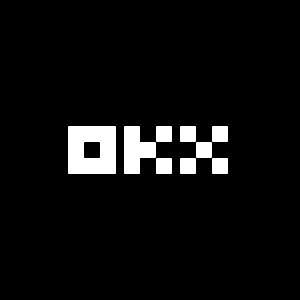
OKX
OKX is a leading global digital asset trading platform offering spot and derivatives services for cryptocurrencies.
-
Sign Up
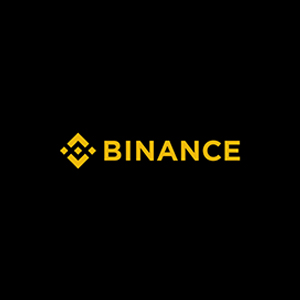
Binance
Binance is one of the world's largest cryptocurrency exchanges, offering spot, futures, staking, and a wide range of digital asset services.
-
Sign Up
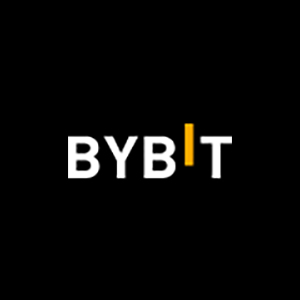
Bybit
Bybit is a global cryptocurrency exchange specializing in derivatives, spot trading, and crypto-financial products.
-
Sign Up
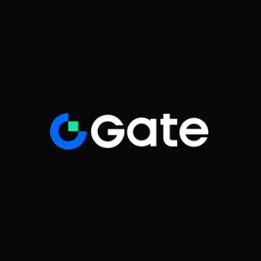
Gate.io
Gate.io is a leading crypto exchange offering diverse trading options, low fees, and strong security since 2013.
